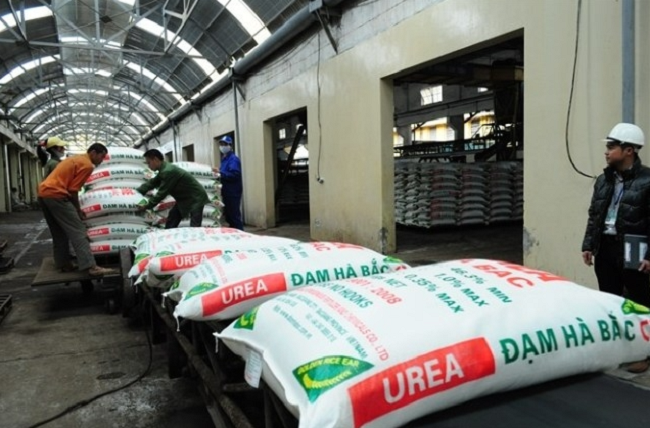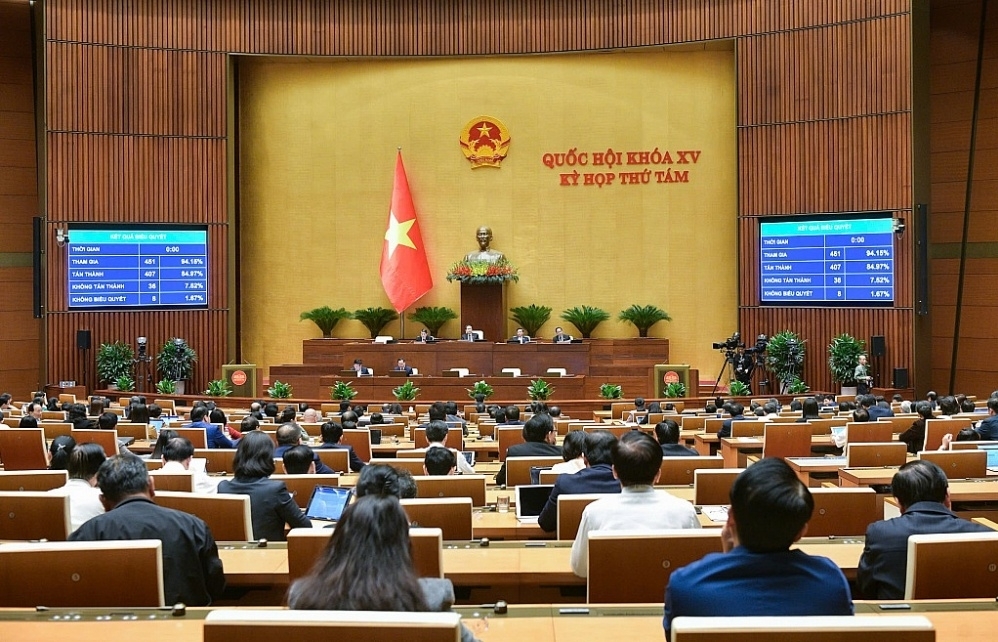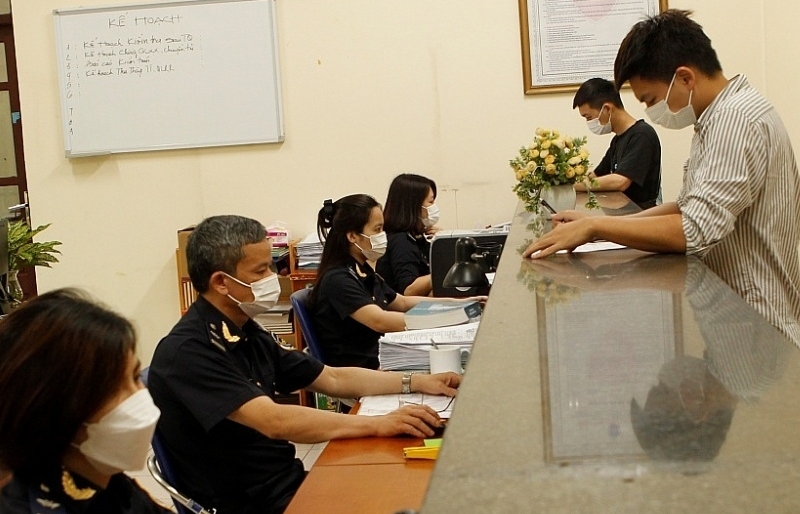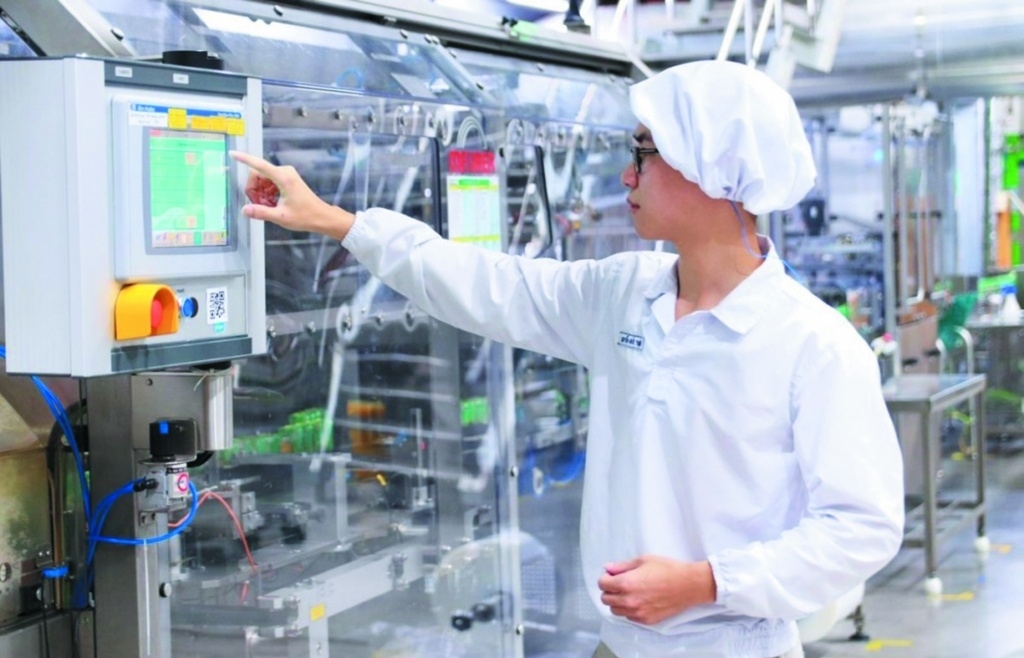Policy recommendations to ensure competition in fertilizer sector
 |
| Currently, Vietnam has four urea factories with a total capacity of about 2,270 tons/year. Photo: ST |
Imports decrease
According to the Department of Competition and Consumer Protection (Ministry of Industry and Trade), in 2021, the market for fertilizers and other nitrogenous fertilizers, including urea, has experienced unusual fluctuations affecting domestic consumers. Urea fertilizer products are affected by many factors that cause prices to increase over the same period of previous years.
The report "Competitive assessment in the field of urea fertilizer production and trading in Vietnam” recently published by the Department of Competition and Consumer Protection, stated that urea fertilizer on the Vietnamese market is supplied from domestic production sources or imported from abroad.
Currently, Vietnam has four urea factories with a total capacity of about 2,270 tons/year. In fact, the production of urea fertilizer in the four factories mentioned above has continuously increased since 2018.
With import sources, in all groups of fertilizers, urea is the product with the lowest proportion of imports. In the market, there are two groups of enterprises involved in the import of urea to supply in Vietnam, including manufacturing enterprises and other commercial enterprises.
Statistics from the Ministry of Industry and Trade show that the import volume of urea fertilizer nationwide in the period since 2018 has continuously decreased significantly.
In 2018, the import volume of urea fertilizer nationwide reached 525,796 tons. However, the import volume in 2019 was only about 75% of 2018. In 2020, the total import volume is only 111,416 tons, equivalent to about 21% in 2018.
In relation to the economy as a whole, the urea fertilizer market is considered the downstream market of the natural resource extraction sector (gas and coal), and also the upstream market of the manufacturing sector of other industries (other fertilizers and glue). Behaviors that impede competition in the urea market can affect not only the crop sector, but also many other sectors of the economy. Notably, consumers are affected by anti-competitive behavior (farmers, organizations and individuals who use fertilizers in the field of cultivation and consumers who use industrial products produced from urea).
The urea market is driven by production. Manufacturing enterprises have the ability to dominate enterprises in other stages in the market. Meanwhile, due to the nature of the market (large barriers to entry), the limited number of production enterprises is insignificant and stable for a long time, so the urea market has an oligopolistic market structure, and the strength accumulates in the group of manufacturing enterprises.
The representative of the Department of Competition and Consumer Protection said that the urea fertilizer market is a specific market, the production is based on raw materials that are natural resources (gas and coal), therefore, the current production enterprises are all state-owned enterprises, and the output products are used for the main purpose of cultivation.
Creating favorable conditions for domestic enterprises
In order to establish a fair and equal competition environment, enhance market access, improve economic efficiency, social welfare and protect consumers' interests, from the perspective of policy and law, the Department of Competition and Consumer Protection recommends that first of all, it is necessary to maintain a policy to create favorable conditions for domestic enterprises (including state-owned enterprises) to participate in the urea production stage, in order to ensure national interests in the use of resources.
Besides, it is necessary to maintain the current structure of the urea fertilizer production market with the participation of state-owned enterprises. Currently, in the production stage, there is the participation of state-owned enterprises of two state-owned groups (Vietnam Chemical Group and Vietnam Oil and Gas Group), because the urea industry requires investment capital. If it is a large investment, it is difficult for domestic enterprises with capital from outside the state to have strong enough financial capacity to participate in this stage.
The research team also believes that it is necessary to develop policies related to the supervision of business activities of the group of manufacturing enterprises to prevent taking advantage of the oligopolistic market structure to distort competition in the market.
At the same time, it is necessary to develop policies to solve oversupply in the market today, creating motivation for businesses to promote competition. The research team recommends a number of measures such as supporting enterprises to find foreign markets to export excess output; at the same time research, build and develop industries using urea as raw materials.
The representative of the Department of Competition and Consumer Protection gave more information, and the research team also recommended that specialized management agencies should have policies to support the business activities of groups of enterprises that face problems in production and business in the urea market.
In parallel with reviewing behaviors with signs of legal violations, the competent state management agency (State Capital Management Committee) needs close supervision, thereby offering solutions to promote the business activities of this group of enterprises in the market.
This policy can both improve economic efficiency in the future for the urea fertilizer market and limit economic losses to the state's investment capital in the construction and establishment of a manufacturing plant.
Related News

Amendments to the Value-Added Tax Law passed: Fertilizers to be taxed at 5%
13:43 | 28/11/2024 Regulations

How to handle export processing enterprises forgetting to open a corresponding import declaration
09:17 | 14/10/2024 Regulations

Vietnam still primarily relies on processing and manufacturing with limited automation integration
08:22 | 01/10/2024 Import-Export

Effectively apply M&A to go long distance
09:51 | 26/03/2024 Finance
Latest News

Việt Nam tightens fruit inspections after warning from China
08:01 | 15/01/2025 Import-Export

Brand building key to elevate Vietnamese fruit and vegetable sector: experts
08:00 | 15/01/2025 Import-Export

Freight transport via China-Việt Nam cross-border trains posts rapid growth
08:01 | 13/01/2025 Import-Export

Vietnamese retail industry expects bright future ahead
06:22 | 11/01/2025 Import-Export
More News

Complying with regulations of each market for smooth fruit and vegetable exports
13:06 | 09/01/2025 Import-Export

Fruit and vegetable industry aims for $10 billion in exports by 2030
15:12 | 07/01/2025 Import-Export

GDP grows by over 7 per cent, exceeds target for 2024
15:11 | 07/01/2025 Import-Export

Vietnamese pepper: decline in volume, surge in value
15:10 | 07/01/2025 Import-Export

Việt Nam maintains position as RoK’s third largest trading partner
15:09 | 07/01/2025 Import-Export

Greater efforts to be made for stronger cooperation with European-American market
15:08 | 06/01/2025 Import-Export

Leather, footwear industry aims to gain export growth of 10% in 2025
15:06 | 06/01/2025 Import-Export

Grasping the green transformation trend - A survival opportunity for Vietnamese Enterprises
14:53 | 06/01/2025 Import-Export

Việt Nam to complete database of five domestic manufacturing industries in 2026
20:57 | 05/01/2025 Import-Export
Your care

Việt Nam tightens fruit inspections after warning from China
08:01 | 15/01/2025 Import-Export

Brand building key to elevate Vietnamese fruit and vegetable sector: experts
08:00 | 15/01/2025 Import-Export

Freight transport via China-Việt Nam cross-border trains posts rapid growth
08:01 | 13/01/2025 Import-Export

Vietnamese retail industry expects bright future ahead
06:22 | 11/01/2025 Import-Export

Complying with regulations of each market for smooth fruit and vegetable exports
13:06 | 09/01/2025 Import-Export
